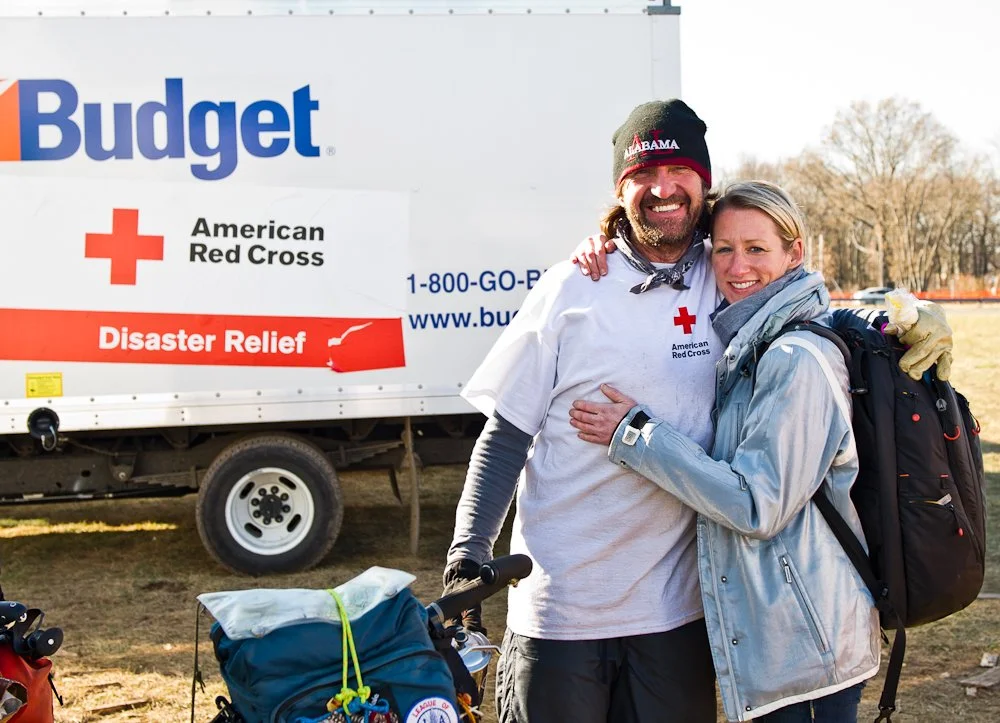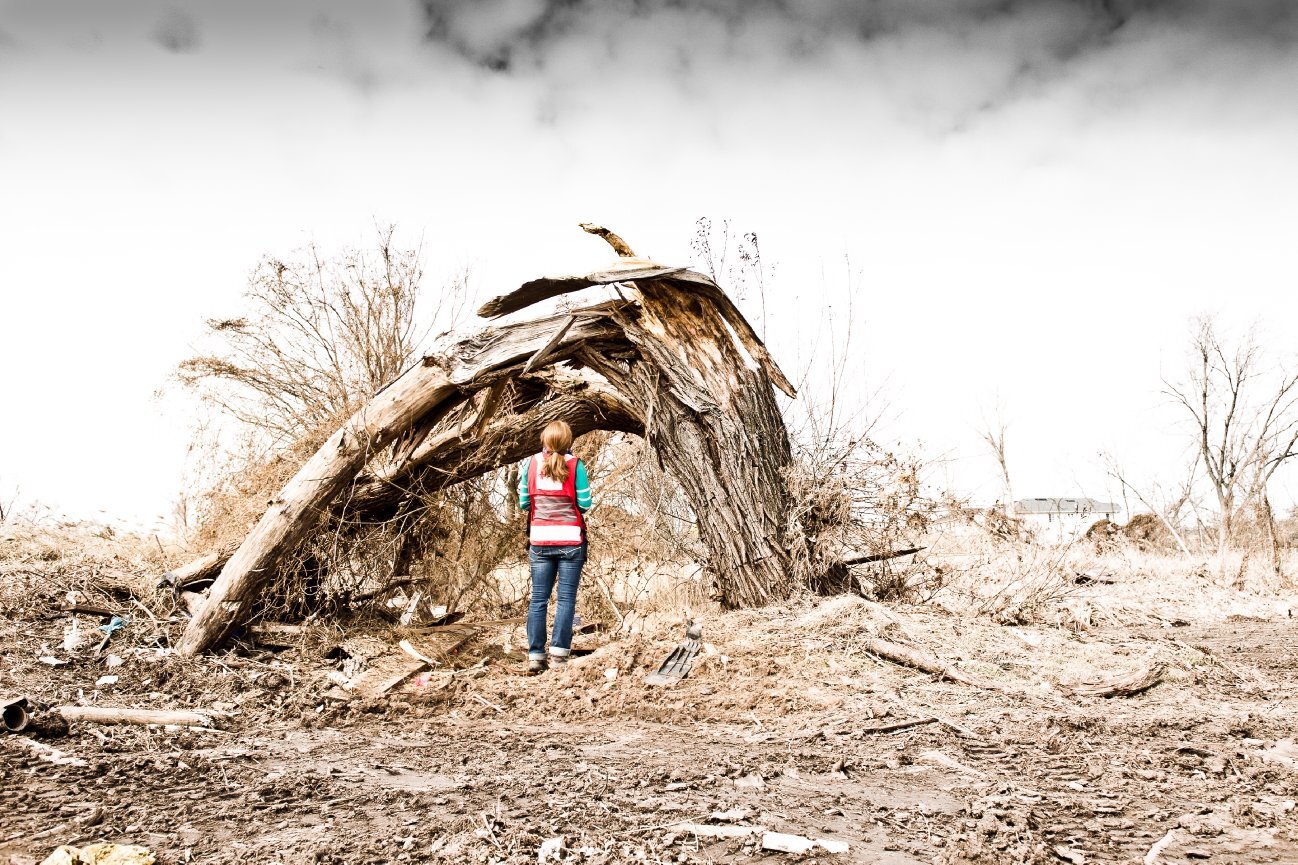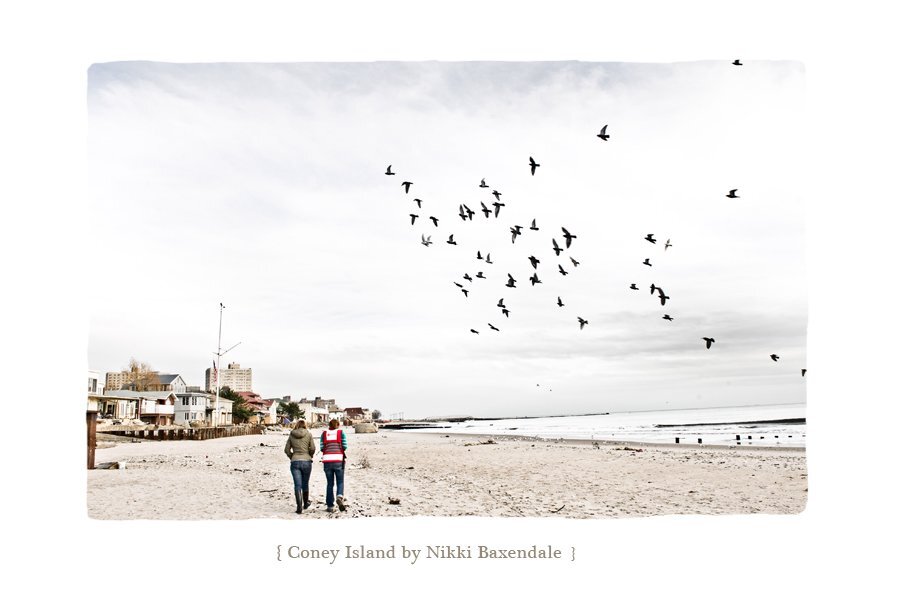An Overview of the Impact, Response, and Lasting Consequences
On October 29, 2012, Hurricane Sandy made landfall near Atlantic City, New Jersey, after wreaking havoc across the Caribbean and moving up the Eastern Seaboard. Though it had been downgraded from a hurricane to a post-tropical cyclone by the time it struck the U.S. coast, Sandy was anything but weak. With a massive wind field spanning over 1,000 miles and storm surges reaching up to 14 feet in places like Lower Manhattan and Staten Island, Sandy became one of the most destructive and costliest natural disasters in U.S. history.
Human Toll and Community Impact
Sandy ultimately claimed at least 233 lives across eight countries, including 159 in the United States. New York and New Jersey were hardest hit. In New York City alone, 44 people died, with Staten Island suffering some of the most tragic and preventable losses. Entire families drowned when their homes were swept away or submerged in floodwaters. In Tottenville, Staten Island, residents like the Dresch family—who had chosen not to evacuate—were caught off guard when the storm intensified beyond predictions.
More than 650,000 homes were damaged or destroyed. Over 8 million people lost power, some for weeks. Public transportation systems were crippled, particularly the New York City subway, which experienced its worst flooding in its 108-year history. Schools, hospitals, and nursing homes were evacuated, and more than 20,000 New Yorkers sought shelter during the storm’s immediate aftermath.
Warnings, Warnings Ignored
A key factor in the storm’s deadly toll was the public’s reaction to evacuation orders. Just one year prior, in 2011, Hurricane Irene had prompted widespread evacuations across the same region. But Irene’s impact was ultimately less severe than anticipated in New York City, and many residents felt the response had been overblown. That perception led to a dangerous sense of complacency.
When Sandy approached, evacuation orders were again issued for low-lying areas. But in places like Staten Island and the Rockaways, many residents chose to stay. Believing Sandy would follow Irene’s path—a near miss—families hunkered down, hoping to ride it out. For some, that decision was fatal. In hindsight, Sandy exposed a painful truth: disaster fatigue and a mistrust in warnings can turn dangerous quickly.
Insurance, FEMA, and the Struggles of Recovery
For those who survived, the days and months after Sandy brought a new set of challenges. Insurance, which should have been a lifeline, often became a source of stress and confusion. Many policyholders were shocked to discover they lacked adequate flood coverage—something not included in standard homeowners’ insurance. Others encountered delays, denied claims, or were underpaid for damages.
FEMA (Federal Emergency Management Agency) did step in to provide assistance, but its support prioritized individuals without insurance first. Those with insurance—regardless of whether they had actually received a payout—were often moved to the back of the line for grants and aid. The complexity of claims and appeals processes left thousands of families stuck in temporary housing or in damaged homes as winter approached.
The Red Cross played a critical role in the immediate aftermath. Within hours of the storm, volunteers were on the ground offering shelter, hot meals, medical care, and emotional support. Over the course of its response, the American Red Cross provided more than 17 million meals and snacks, 7 million relief items, and tens of thousands of overnight stays in shelters. Volunteers helped families sift through wreckage, access mental health support, and in some cases, assisted with burial and funeral costs for lost loved ones.
A Turning Point
Hurricane Sandy was a wake-up call for city planners, emergency responders, and climate scientists. It exposed vulnerabilities in infrastructure, disaster communication, and public trust. But for many survivors, the greatest trauma lay in the unpredictability of nature and the failure of systems meant to protect them. The storm did not discriminate in its destruction—but recovery often did.
In the years since, Sandy has become a case study in the need for stronger coastal protections, clearer evacuation protocols, and more resilient infrastructure. It also highlighted the power of grassroots aid and the importance of organizations like the Red Cross, which offered not only material support but human connection in a time of profound loss.
Today, more than a decade later, the lessons of Sandy remain essential. Because the storms are not stopping—and how we respond can mean the difference between safety and sorrow.














